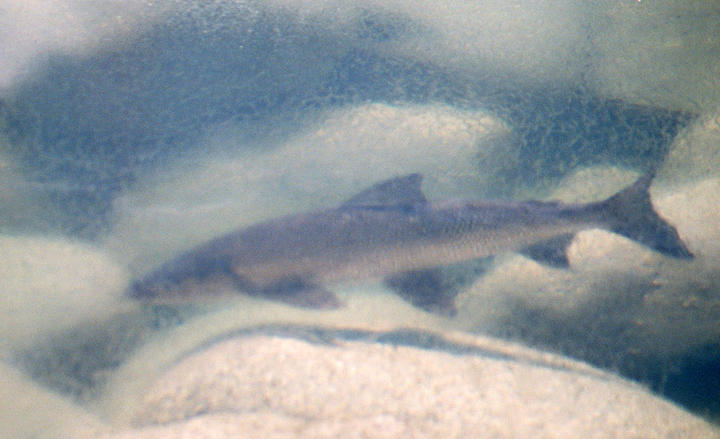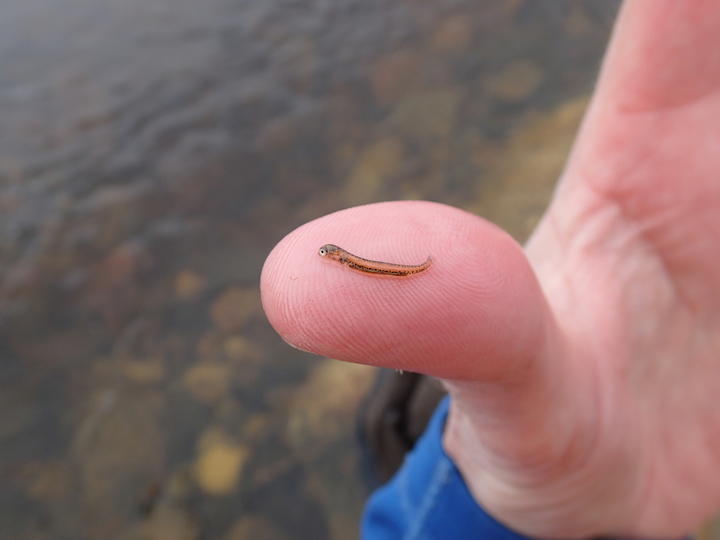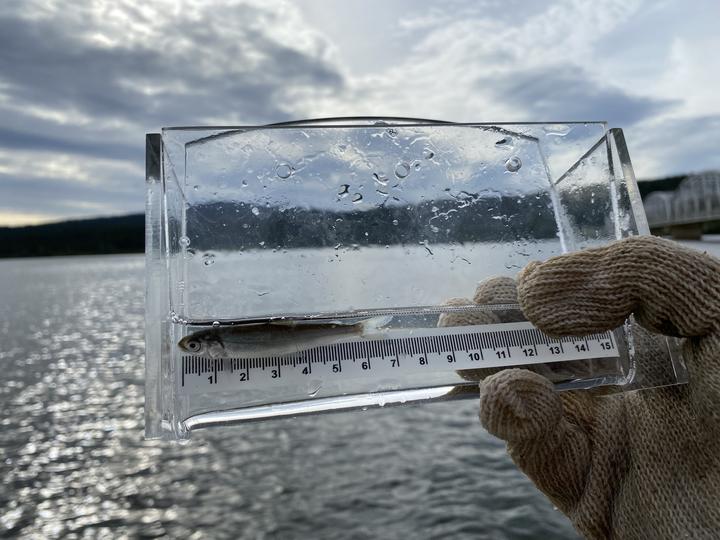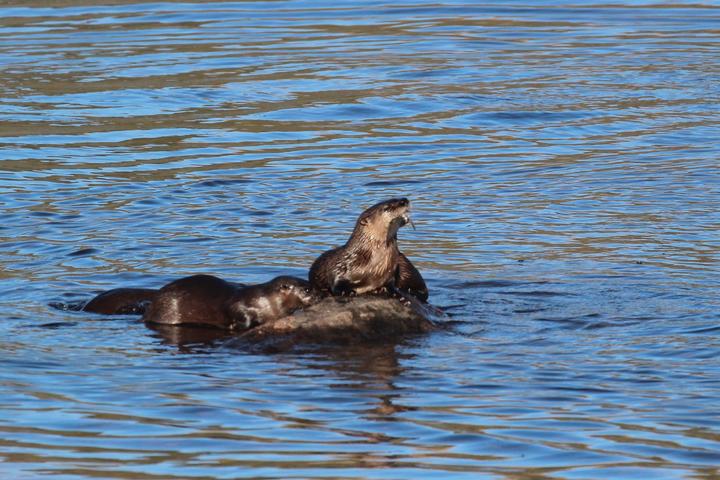More names for this fish
Anishinaabemowin: Adikameg
The Dakota and Anishinaabe were among the earliest people to name Minnesota’s plants and animals, as well as to understand them in relation to Minnesota’s climate and seasons. Those original names are still in use, and several are included on the Season Watch website.
Latin (or scientific name): Coregonus clupeaformis
The scientific community has a convention of assigning agreed-upon Latin names to every kind of organism. Using scientific names helps people communicate confidently about the same organism and organize lifeforms based on how closely related they are.
Page contents
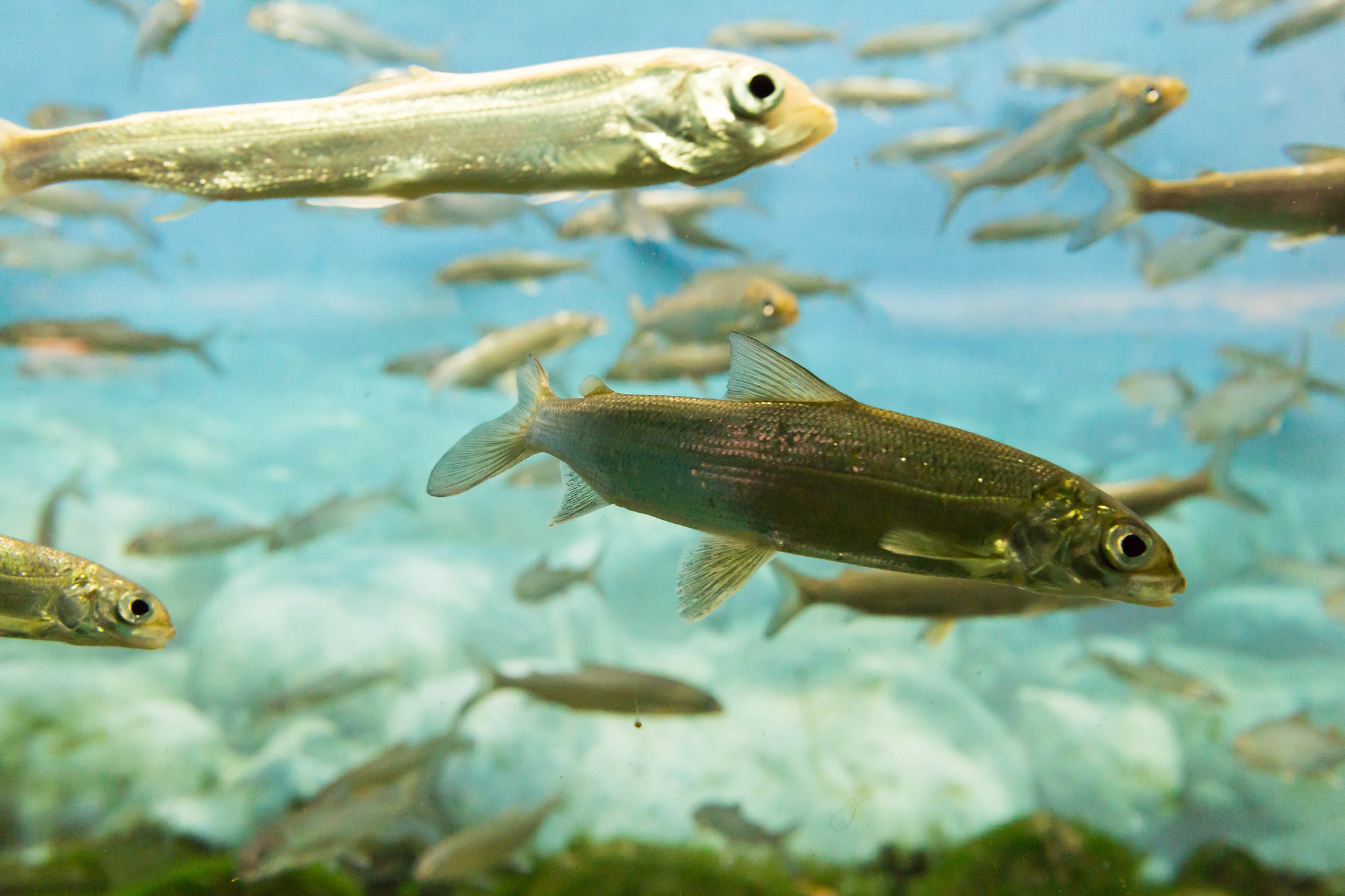
Photo by Marco Verch, CC BY 2.0, via Flickr
About the lake whitefish
- The lake whitefish is a member of the trout family that can be identified by its deeply forked tail and the presence of an adipose fin. They are silvery-white in color and grow to about seventeen to twenty-two inches long.
- As bottom dwellers, lake whitefish eat zooplankton, snails, larvae, and small fish.
- The spawning season for lake whitefish is late fall to early winter in Minnesota, depending on water temperatures. A single female can lay 10,000 to 130,000 eggs, which then sink to the lake bottom. The eggs develop through winter and hatch in spring as small fry.
- Lake whitefish is part of the traditional diet of many Native American tribes of the Great Lakes. It is eaten cooked, smoked, powdered, or in stews.
- Fun fact: The largest lake whitefish on record was caught in Lake Superior in 1918. It weighed a whopping 42.67 pounds!
Visual guide to phenology
Watch for lake whitefish's presence (or absence) and behaviors at different times of year.
Note to observers
This page explains general clues to watch and listen for when observing lake whitefish phenology. However, this page does not explain how to identify this fish or collect data in a standardized way.
- For help with identification, see a field guide or the Minnesota DNR's webpages on common fishes of Minnesota.
- For guidance on collecting data, see Nature’s Notebook.
More resources
Keep exploring Season Watch
Keep exploring Season Watch
Co-author: Audrey Negro, Minnesota Master Naturalist
